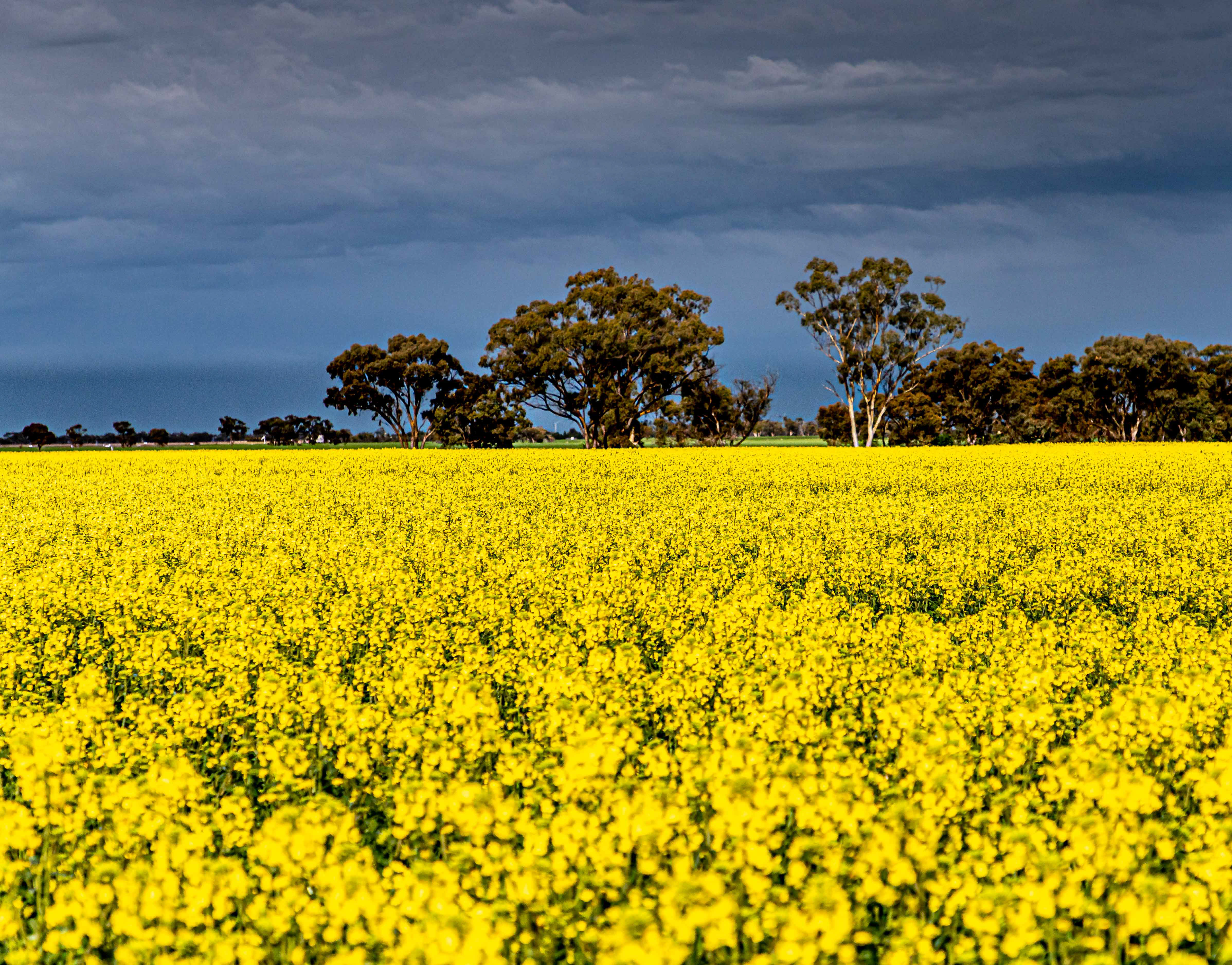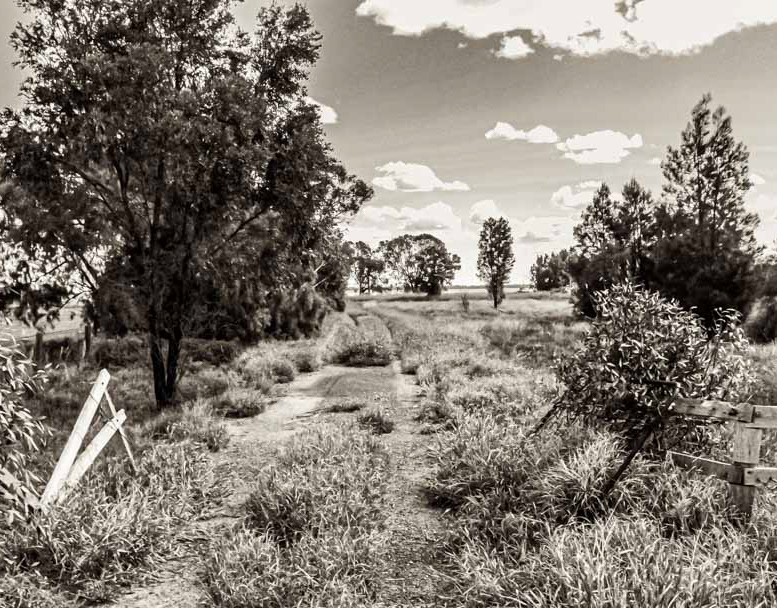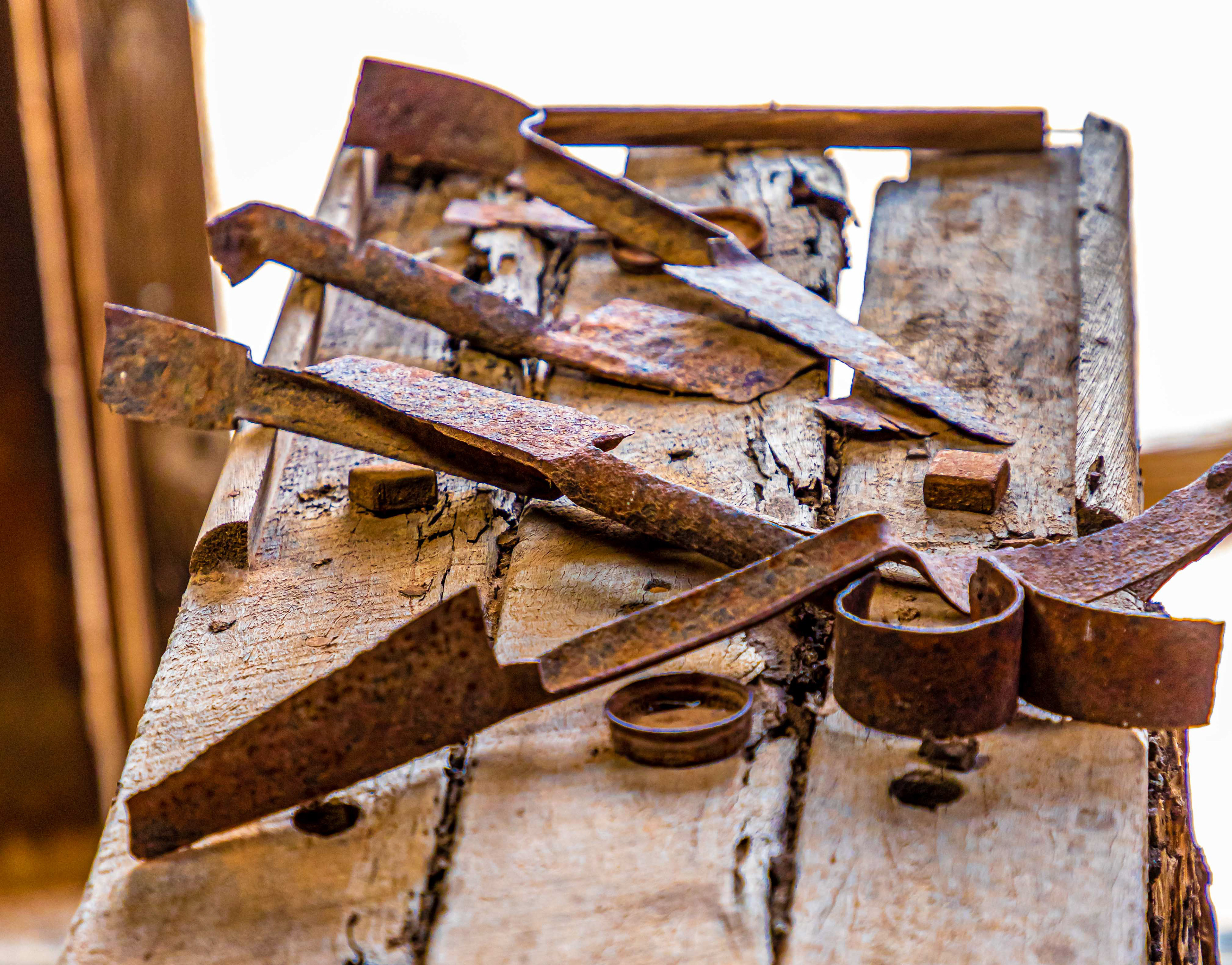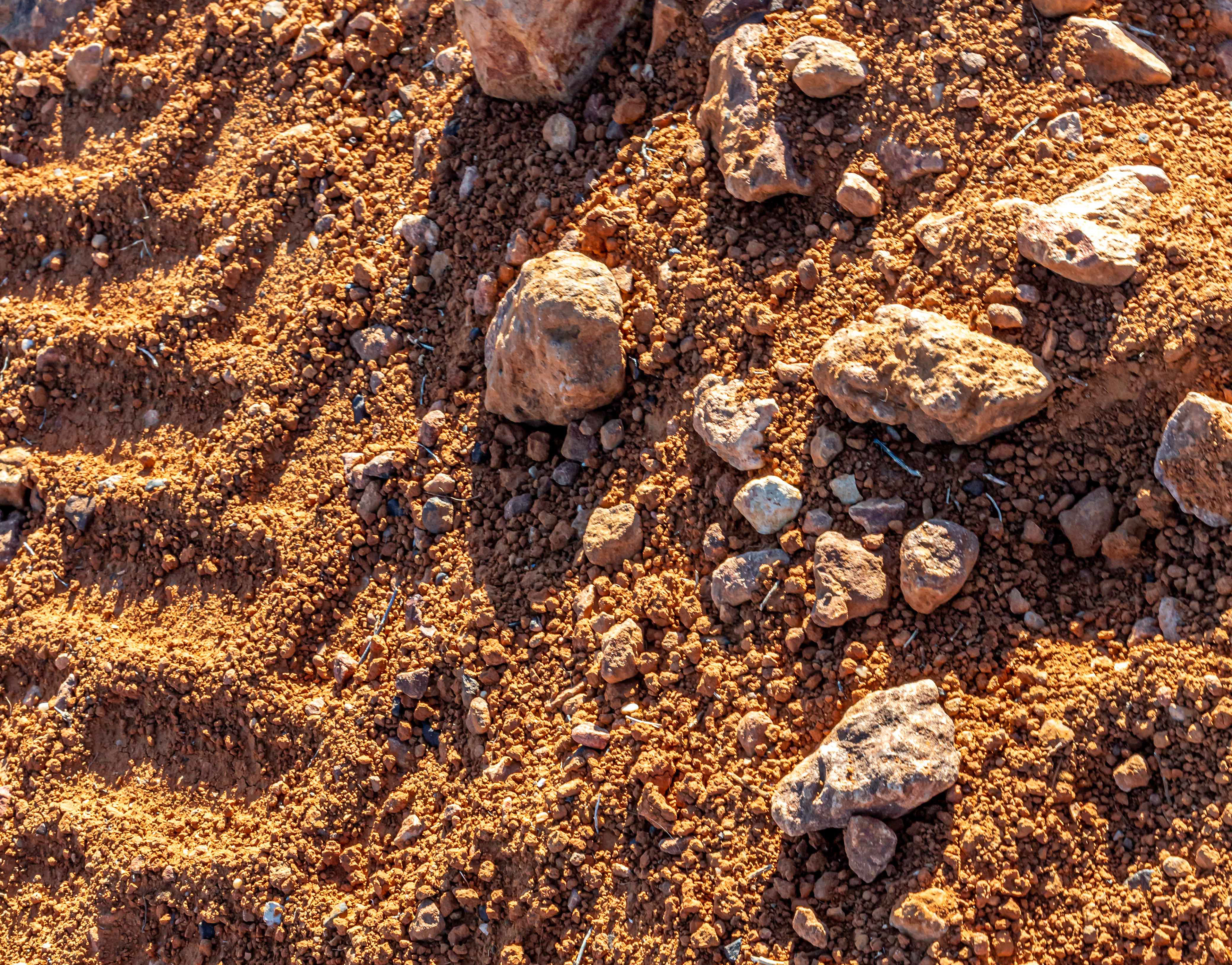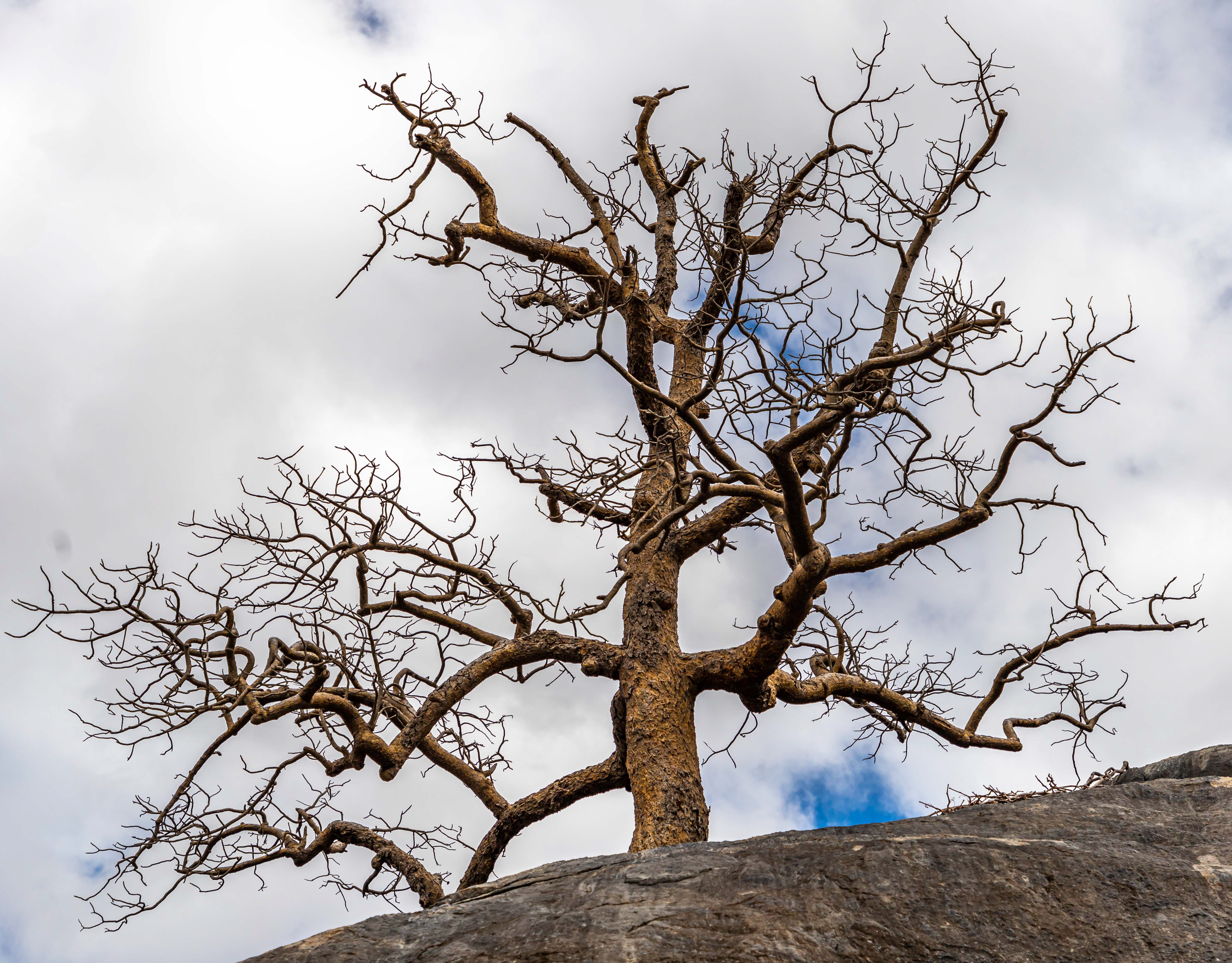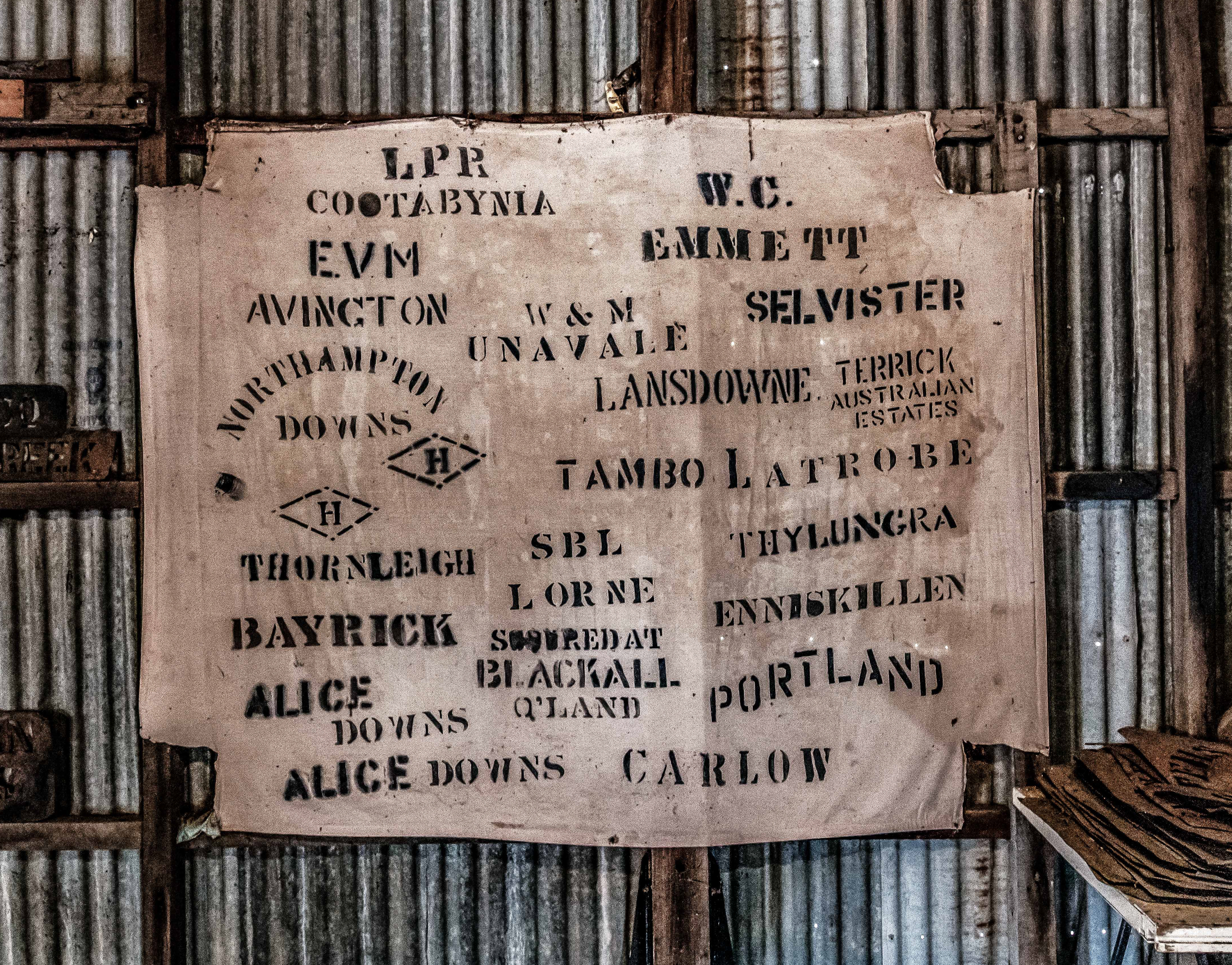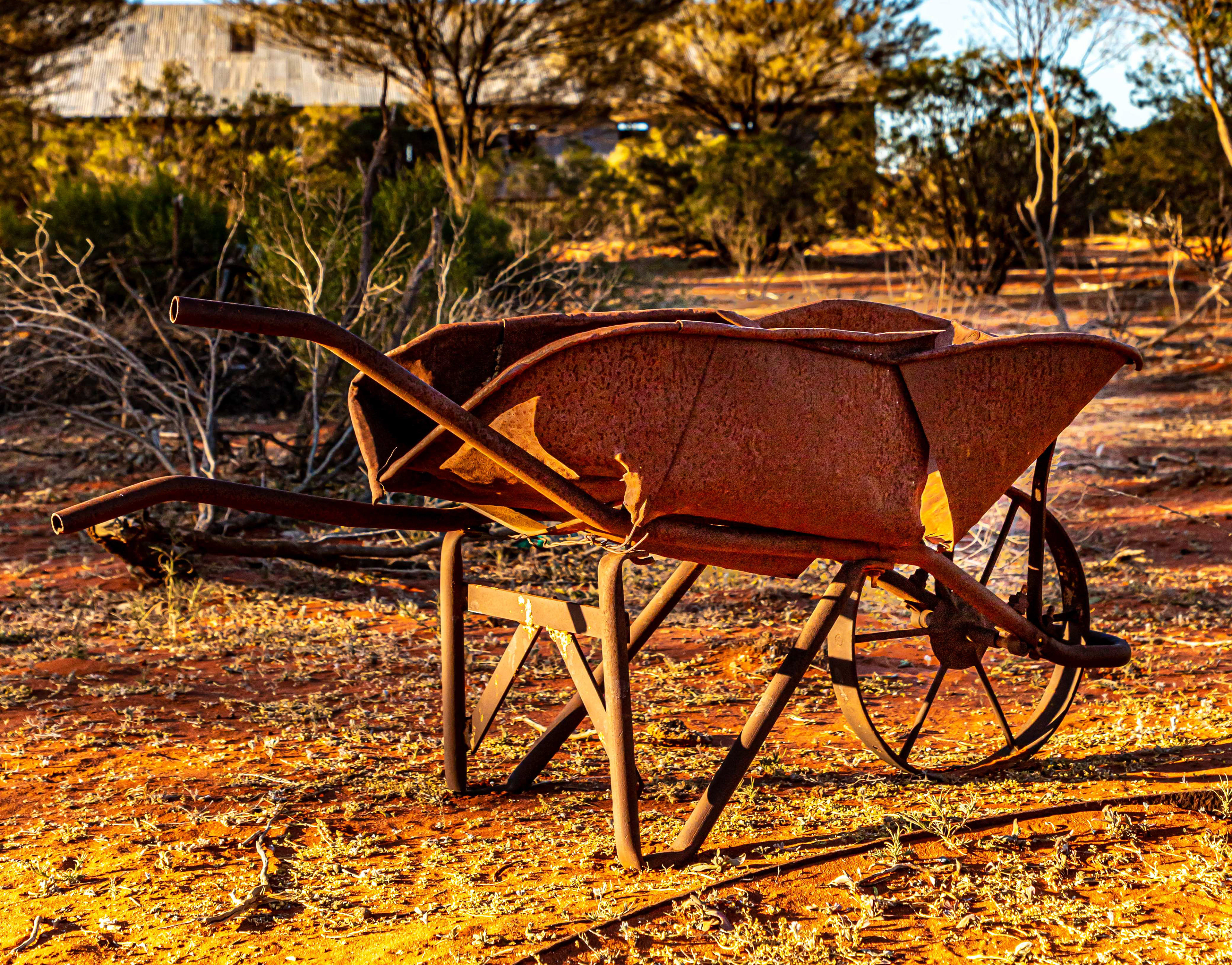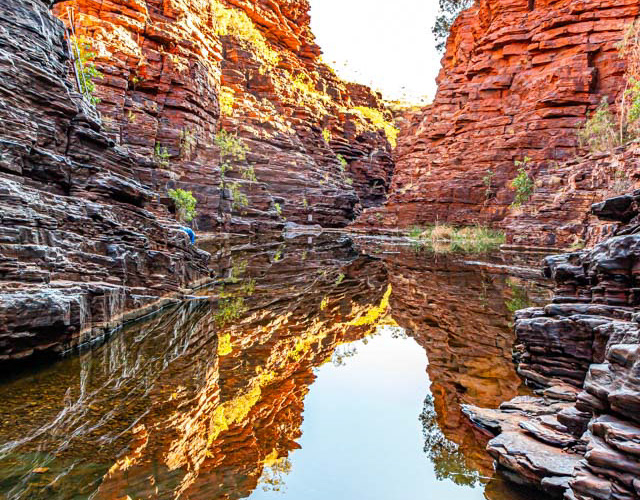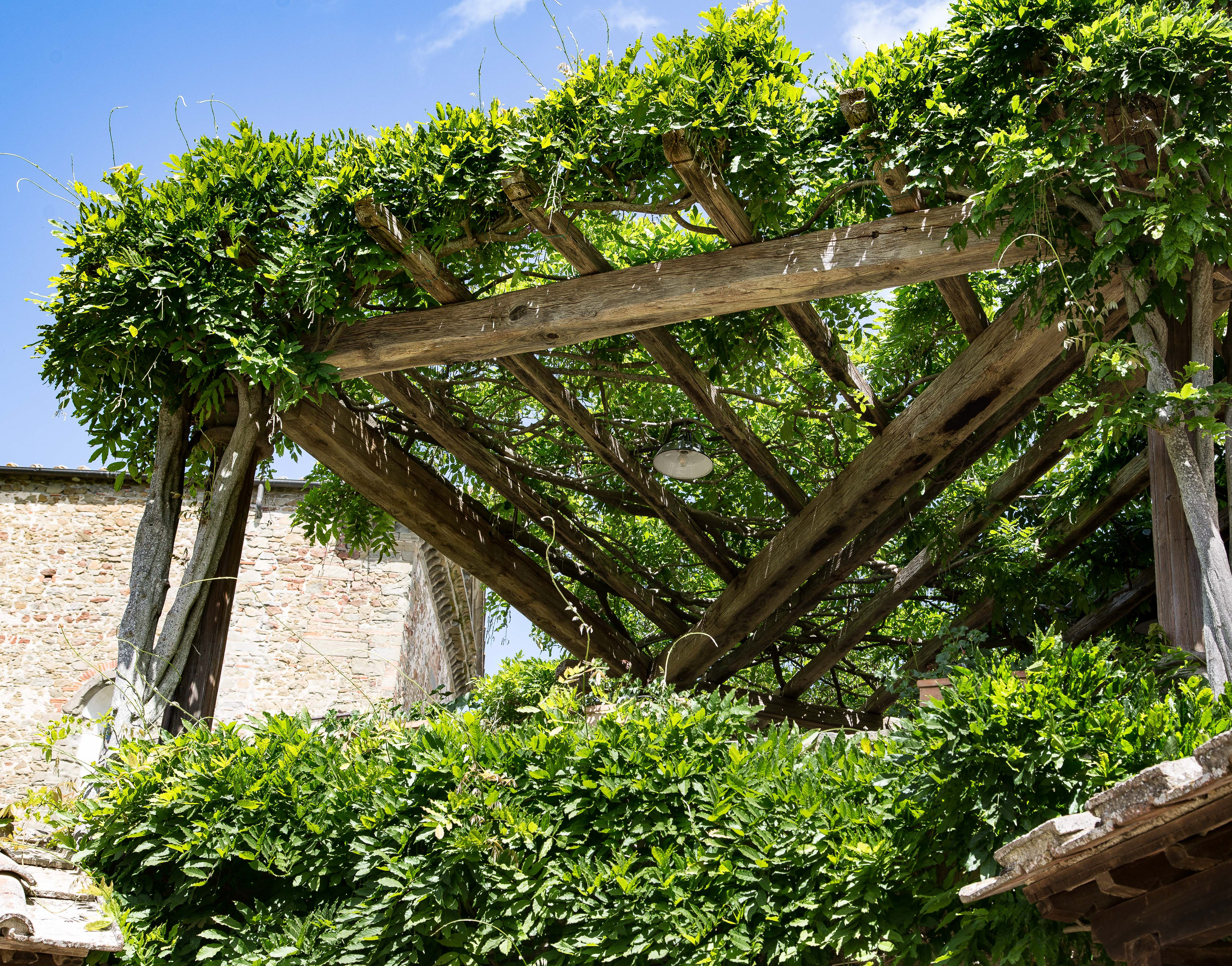Agricultural landscape in a small village between Hamusit and Wereta on the way to Gondar.
Preparing land for the next crop using bullock draught power between Hamusit and Wereta on the way to Gondar.
Between Hamusit and Wereta on the way to Gondar
Cattle are an important farming family resource, used for draught power and as an asset to be sold in times of family emergency or need.
Baking Injira, made from Teff , is a staple for much of Ethiopia.
Many years and many stories.
For sale... onions.
Cattle grazing on common village lands while the rice crop matures in the background. Heading north up the eastern side of Lake Tana.
Cattle grazing on village common lands.Cattle grazing on common village lands. Heading north up the eastern side of Lake Tana.
Typical landscape around Addis Zemen with a spectacular rock needle emerging from the distant haze.
These little motor-bike based 3 wheelers imported from India are an important transport option. There are lots of them clustered in the towns and on the highways. The Ethiopians describe them as the Blue Virus.
The rock needle continues to emerge from the agricultural landscape.
Local farmer near the needle north of Addid Zemen.
Spectacular landscapes.
Market day in Cushiranga village between Addis Zemen and Gondar.
The diff needs an overhaul.
Farmers come to the market to sell their crops, both vegetables and cereals such as wheat, maize, pulses and teff.
Inspecting the quality of the cereal prior to commencement of negiotions.
Waiting for the next customer.
Cereals for sale.
The clothes and tailoring section.
Certainly not a cure for headache.
Visiting farmers.
Gondar early morning landscape.
The gatehouse for the Debre Berhan Selassie church in Gondar.
Pilgrims at the gatehouse of the Debre Berhan Selassie church in Gondar.
Debre Berhan Selassie church, Gondar.
Debre Berhan Selassie church, Gondar.
Priest of the Debre Berhan Selassie church, Gondar.
Guard house and wall surrounding the Debre Berhan Selassie church, Gondar.
Debre Berhan Selassie church, Gondar.
Reaching to the heavens, Debre Berhan Selassie church, Gondar.
The amazing frescoes of Debre Berhan Selassie church cover all surfaces.
The ceiling.
Gatehouse in the rain. Debre Berhan Selassie church, Gondar.
The priest has left the building.
Fasilides Castle in downtown Gondar.
Fasilides Castle
Entrance to Fasilides Castle.
Inside Fasilides Castle, Gondar
Room with a view, Fasilides Castle, Gondar.
Patchwork of crops north of Gondar towards Cushiranga village.
Patchwork of crops north of Gondar towards Cushiranga village.
Heading for the market in Cushiranga village, north of Gondar.
Heading for the market in Cushiranga village, north of Gondar.
The onion seller, heading for the market in Cushiranga village, north of Gondar.
All roads lead to Cushiranga market.
The butcher, Cushiranga market.
The chicken sellers, Cushiranga market.
The corn seller, Cushiranga market.
The colourful pot sellers, Cushiranga market.
Limes and green peppers for sale. Cushiranga market.
The market seller, Cushiranga.
In from the farm, to buy and to sell. Cushiranga market.
In from the farm, to buy and to sell. Cushiranga market.
Everyone helps, Cushiranga market.
Local markets are important economic and social components of village and district life.
Cushiranga market.
Cushiranga market.
Cushiranga market.
Cushiranga market.
The livestock market, Cushiranga village.
Towards the Simiens.
